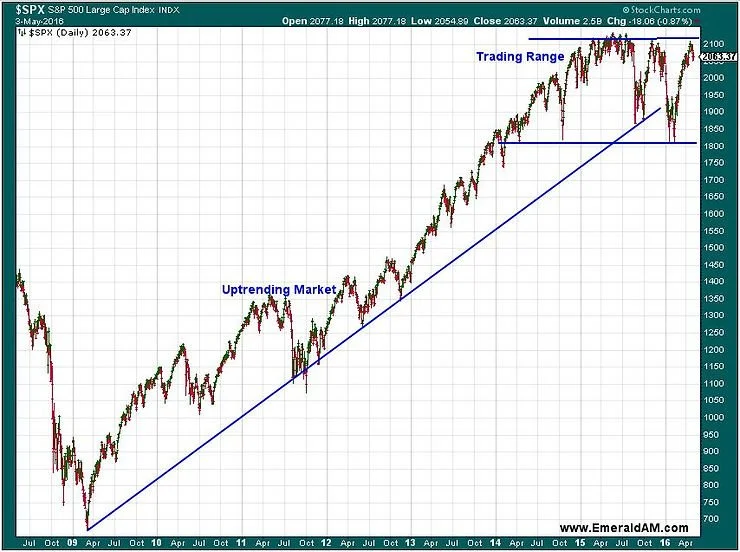What's in Style on Wall Street
Whether your game is growth or value, momentum, low volatility or indexing, strategies with strong academic underpinnings generally work out if they are implemented properly and if they are given enough time. The problem though is that human beings aren’t generally wired with the right personality traits required to make money in stocks. We tend to become impatient and chase yesterday’s hot strategy just at the peak or bail out on a short term under performer right before the turn. With the constant bombardment of financial noise in the media there’s no wonder that the layperson gets confused.
All valid strategies have an Achilles Heel. There is no one strategy that works best all the time. There is no silver bullet on the Street of Dreams. The key to success for most investors is to find the strategy that best fits their personality and to stick with it. In December of 2016 we posted a blog called ‘Why Value Investing is Under Performing Growth Investing.’ With the rebound in some of the traditional value sectors like energy and materials and in some of the asset classes like emerging markets, value seems to be making a comeback. However, many of the reasons listed for the under performance in value investing – primarily the slow economic recovery – are still present today. But if economic growth improves in the back half of 2016, the recent recovery in many value strategies could become sustainable. We think it’s too early to make that call though.
At Emerald Asset Management we are style box and strategy agnostic. We try to blend factors together that have been proven to work over time. The primary factors that we employ in some manner or another throughout the investment process are some combination of value and momentum – also known as relative strength. Relative strength investing has been proven to work over time in many academic studies because of its adaptive properties. Relative strength investors have had a rough ride lately because as I mentioned earlier, all valid strategies have an Achilles Heel. The Achilles Heel for relative strength investing and generally all trend following strategies is a trendless market. The S&P 500 hit its all-time high water mark at 2134.28 on May 21, 2015. So for nearly a year now stock prices and most stock portfolios have been below their highest levels. Such is the nature of investing. Sooner or later though, the market will develop a new trend – up or down. The real question is when.
In the first chart above, one can see how obviously violent the trading range for U.S. Equities has been. So far the S&P 500 has been swinging in a wide range of about 15%. A trading range market can be the Achilles Heel of trend following strategies including relative strength.
The second chart shows the performance of growth ‘relative to’ value. When the line is rising the S&P Growth Index is outperforming the S&P Value Index and when the line is falling value stocks are outperforming growth stocks. The dominant trend since 2007 has clearly favored growth with a few brief pauses where value took the lead. We will continue to monitor this relationship but right now a balance of growth and value in portfolios seems to make the most sense to us until a clear winner steps forward. So far there isn’t enough evidence to say that this is more than another pause in the dominant trend of growth over value.


